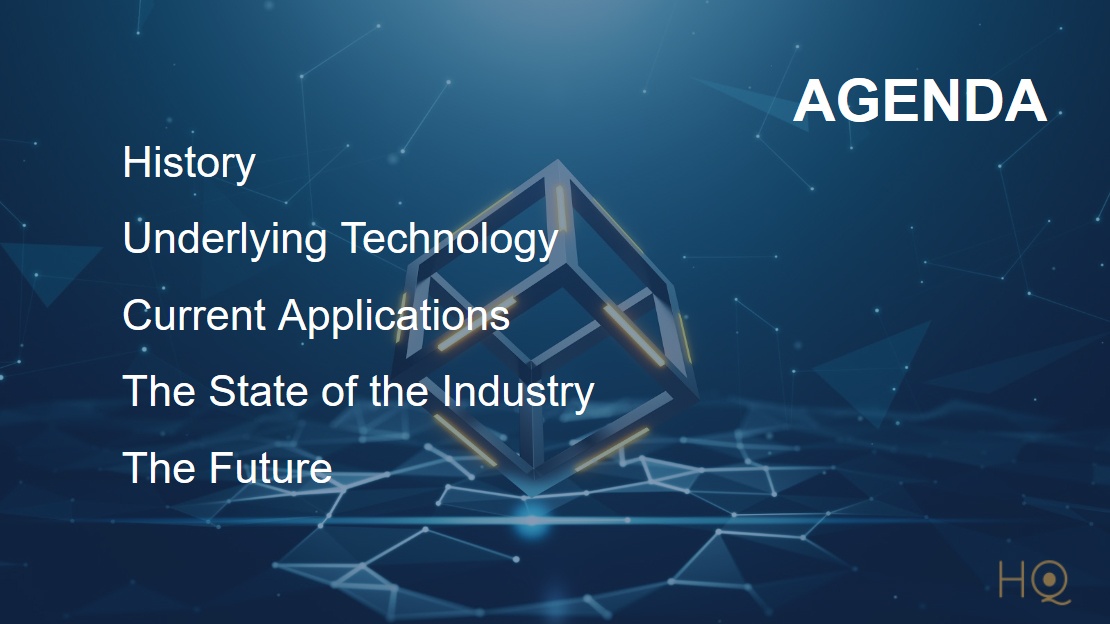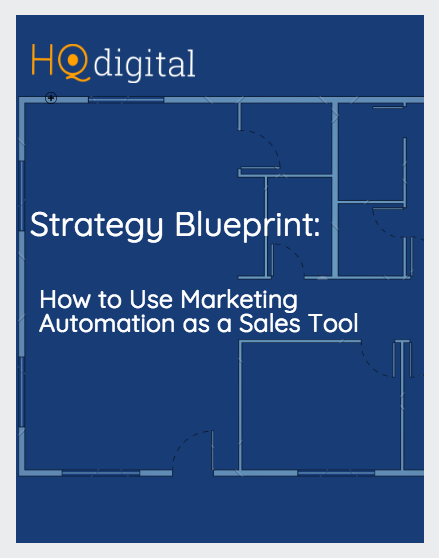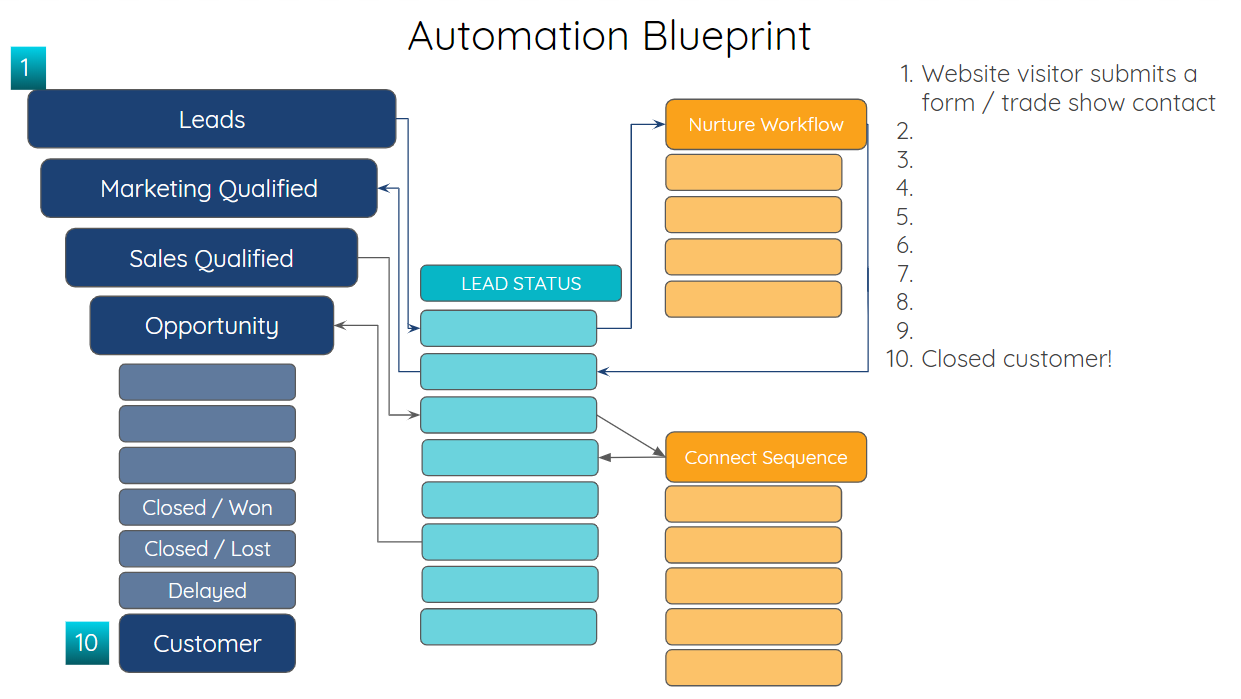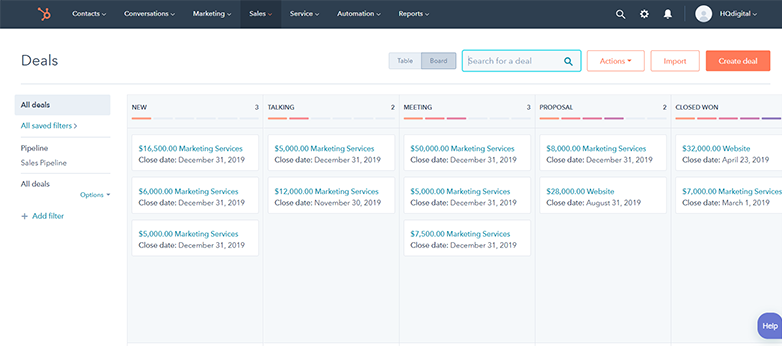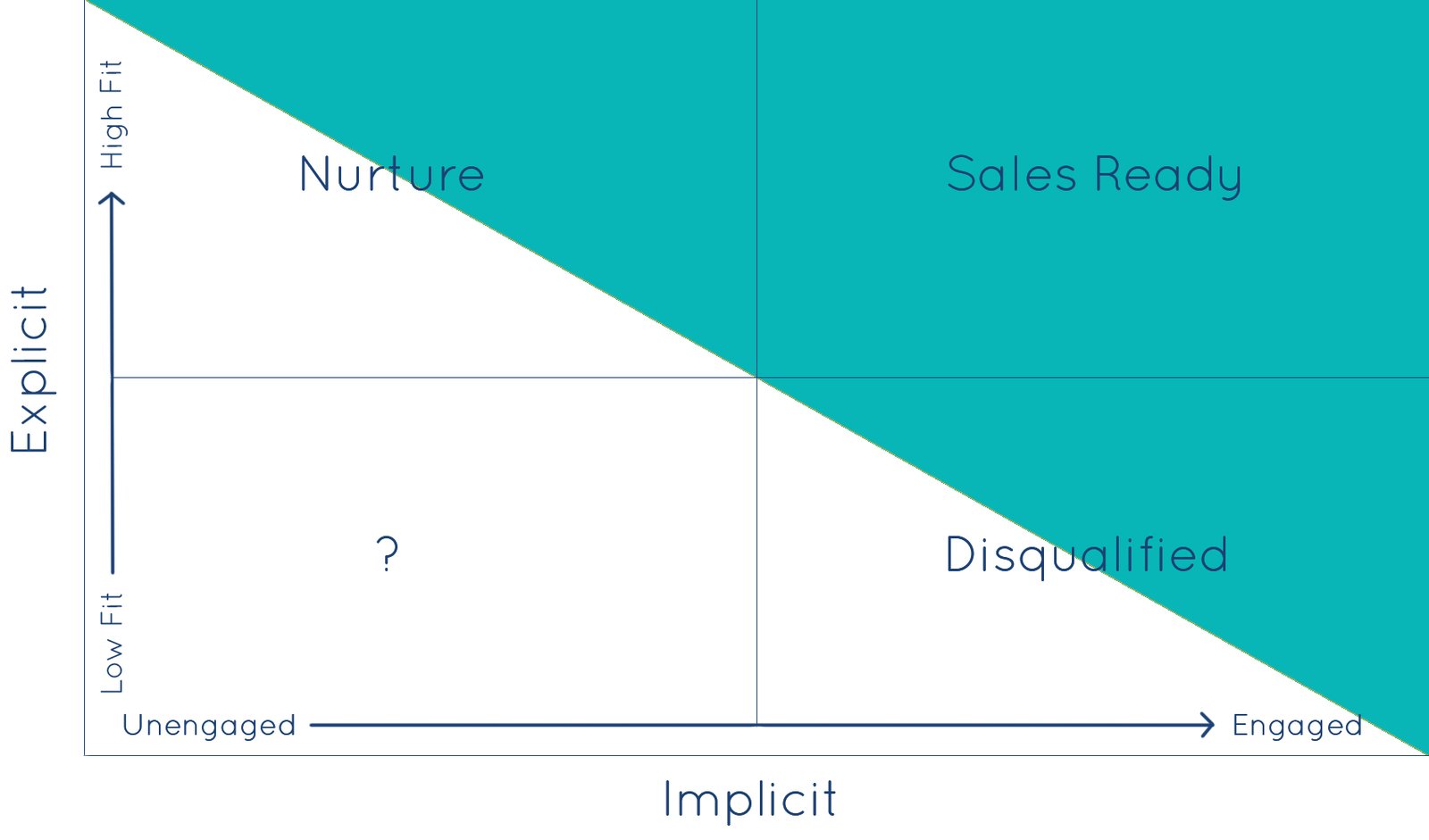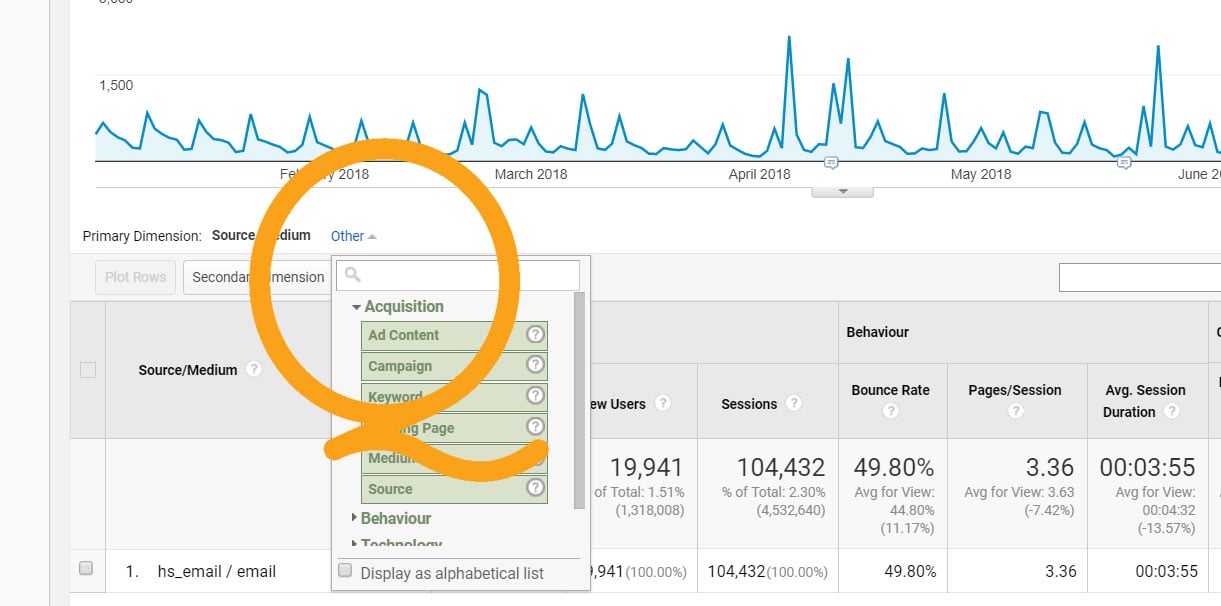
Technology in the marketing and sales space is evolving rapidly, with more capabilities and innovations emerging every day.
The disruption potential of these major technologies is tremendous. In a space that has already been massively revolutionized in the era of digital, marketing and sales leaders must prepare to adapt their technologies, business models, and personnel in order to keep up with the future.
Here are four of our favorite emerging technologies on a path sure to intersect with marketing and sales very soon.
1. AI and Machine Learning

Westworld pushes viewers' imaginations on where AI and machine learning could take us. (Image credit: HBO)
Artificial intelligence is the theory and development of computer systems able to perform tasks that normally require human cognition, like visual perception, decision-making, language translation, and speech recognition. Movies and shows like Ex Machina and Westworld have increased society’s fantasy and obsession with the seemingly unlimited possibilities of this technology.
Machine learning is an application of AI that provides systems with the ability to automatically learn and improve from experience, without having been explicitly programmed to do so. Machine learning focuses on developing computer applications that access data, analyze it, and use it to learn - recognize patterns, identify self-corrections, distinguish between causality and correlation, and so on.
AI theory has been studied in computer science for decades, but actual deployment of AI technology is still relatively new. Despite this novelty, things in the AI and machine learning space are moving fast.
Future-forward companies already embracing and implementing an automated approach to their marketing and sales processes stand to reap incredible benefits from AI-fueled technology. AI provides the potential for hyper-personalized, hyper-optimized buying experiences for customers as they interact with brands and search for solutions. Consumers will continue to raise their expectations when it comes to the buying experience, which is a huge opportunity for brands willing to invest in user experience and customer service.
It’s clear that AI will play an important role in digital marketing, and for some organizations, it’s already happening.
Big brands like Under Armour are working with IBM’s Watson, combining user data with third-party data and research on fitness, nutrition, and more. This empowers the company to deliver relevant, personalized training, lifecycle, and product recommendations to users based on aggregated wisdom.
Google reports that “today, there’s very little technology at Google that isn’t using AI and machine learning." AI is reinventing existing products, from Maps to YouTube, and it’s powering new experiences in ways never before possible.
Some of the best actual and predicted use cases for AI and machine learning in marketing and sales include:
- Optimize your spend on digital ads based on audience and performance
- Accumulating data from multiple, varied sources and systems to create coherent reports on attribution and other key metrics
- Continuous improvement of social media marketing performance
- Email and blog post timing automatically based on user engagement levels
- Recommendations and content creation, using a clustering algorithm similar to Netflix
- Brand naming
- Customer loyalty programs
2. Blockchain
It’s hard to have not noticed the hype around blockchain, the underlying technology of cryptocurrencies like Bitcoin, Ethereum, and Ripple. There’s good reason for it. Blockchain is heralded as the next major disruptor - think internet-level disruption - and it’s moving fast.
Blockchain is a decentralized network of verified data that allows members of the block to transact commerce and make decisions in a transparent, secure, and streamlined way. It’s not an exaggeration to say that blockchain will eventually affect the way we store every piece of information.
Applications for blockchain are still in their very early stages, but there are some known frontrunners in the marketing and sales industry.
One of the more widely-known marketing applications is utilizing blockchain to identify and resolve copyright issues for images, videos, and other media. Brands like evythng are utilizing blockchain for consumer products to significantly deepen customer loyalty.
Blockchain will address growing concerns surrounding ad fraud and data privacy, as it allows marketers total transparency and veracity in a digital advertising media purchasing chain.
Customers will gain even more control over their experience with blockchain. The transparent yet secure nature of blockchain affords opportunities to access and share information without traditional security concerns and limitations.
Blockchain’s inherent transparency is good news for brands who want to build trust with their customers and prospects.
3. Serverless
Serverless computing is a type of cloud service where the hosting provider allocates adequate resources for you on-the-fly rather than making you pay for dedicated servers or capacity in advance. It’s a major technological breakthrough, and we expect to see a marked inflection point soon.
Serverless computing allows you to build and run functions, applications, and services without having to think about servers. You can build serverless applications for almost any industry or backend service. Everything required to run and scale your application with high availability is handled for you.
Serverless systems and applications have three main benefits:
- No server management
- Flexible scaling
- Automated high availability
Building serverless applications means that your developers can focus on your core product without having to dedicate time to worrying about managing and operating servers or runtimes, either in the cloud or on-premises. This empowers developers, allowing them to regain time and energy that can be spent on developing great products that scale and are reliable.
Serverless computing isn’t just a niche solution for cutting-edge tech organizations. It is transforming the way developers deploy and manage complex software, and it has vast implications on how organizations deliver their applications.
One interesting area of relevance is IoT applications, which involve billions of end-devices simultaneously using computing resources. With its cost-effectiveness and easy scalability, serverless will be key to the mass adoption of such technologies.
Amazon, Google, Microsoft, and IBM already offer serverless platforms. As with many other cloud-related capabilities, Amazon was the pioneer, introducing AWS Lambda back in 2014.
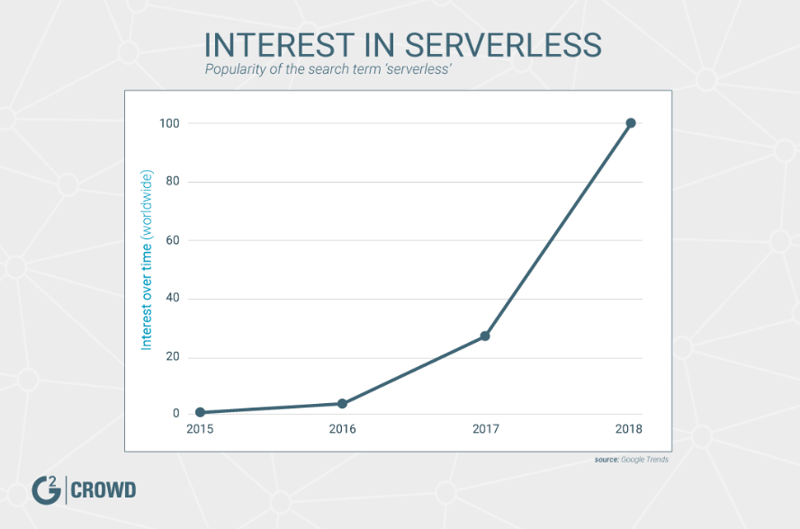
Interest in serverless has skyrocketed since 2015. (Image credit: G2 Crowd)
The decision to move to the cloud is really a question of when, not if, for all companies. The advantages of cloud-based computing are enormous, and today’s technologies are both easy and affordable.
The nature of cloud computing affords both small and large companies the ability to develop and scale their infrastructure. Companies that select the technologies that are right for them today will have the ability to upgrade in a matter of clicks and within minutes as the organization grows and evolves.
Companies hosting their systems on local and dedicated hardware are faced with the constant challenge of balancing today’s network requirements with the anticipated growth and system requirements of the future.
Companies like A Cloud Guru are rapidly delivering cloud computing to the masses. The industry is moving in a direction where building systems is no longer focused on individual lines of code and rushed decisions based on infrastructure, instead focusing on developing a team that can connect and create integrated apps in the cloud.
4. AR and VR

Augmented and virtual reality have already collided with marketing and sales in many industries. It’s rare to go to a trade show these days without encountering some application of AR or VR. Many companies are starting to integrate AR directly into their websites and even email campaigns. Embracing this technology will equate to a significantly more engaging user experience.
It’s no coincidence that the widespread adoption of mixed reality (MR), a common term for AR and VR, is going to coincide with coming of the fifth generation of wireless networking, 5G.
Pushing AR, VR, and MR content and media requires a significant amount of data, and 5G networks are capable of delivering it to the masses. 5G networks are exponentially faster and capable of handling more devices and bandwidth than their existing 4G predecessors, with 10x the speeds and 100x the performance power.
As some networks begin to introduce 5G in certain locations, companies need to start thinking about how they can use MR to create a more engaging customer experience.
Brands who embrace this trend and get out ahead will be in a prime position to leverage AR and VR to engage their audiences and close more deals.
There’s never a dull moment in the marketing and sales industry, and these emerging technologies promise to make things even more exciting. Which of these emerging technologies makes you the most excited about marketing and sales?


